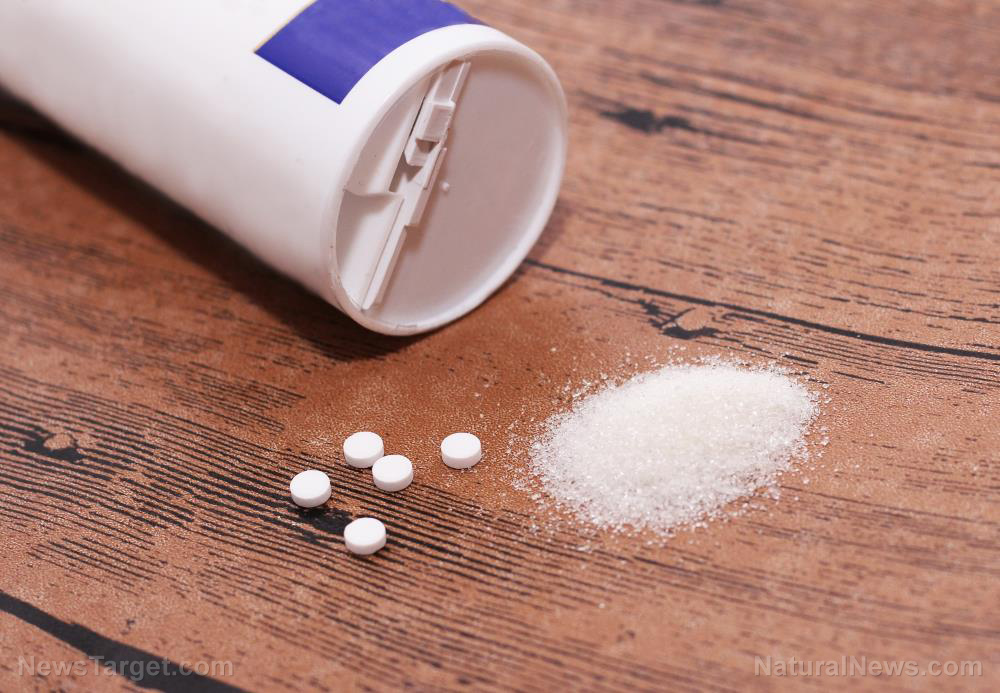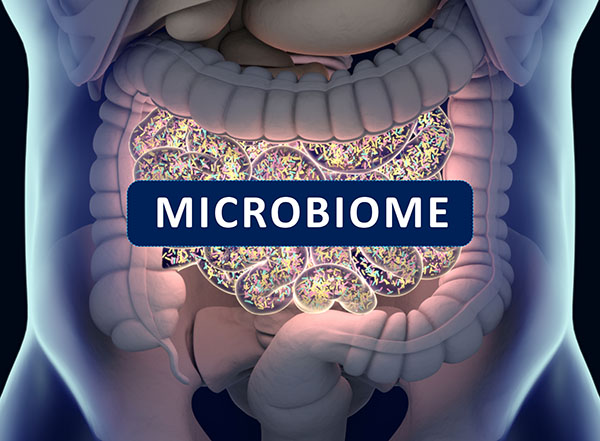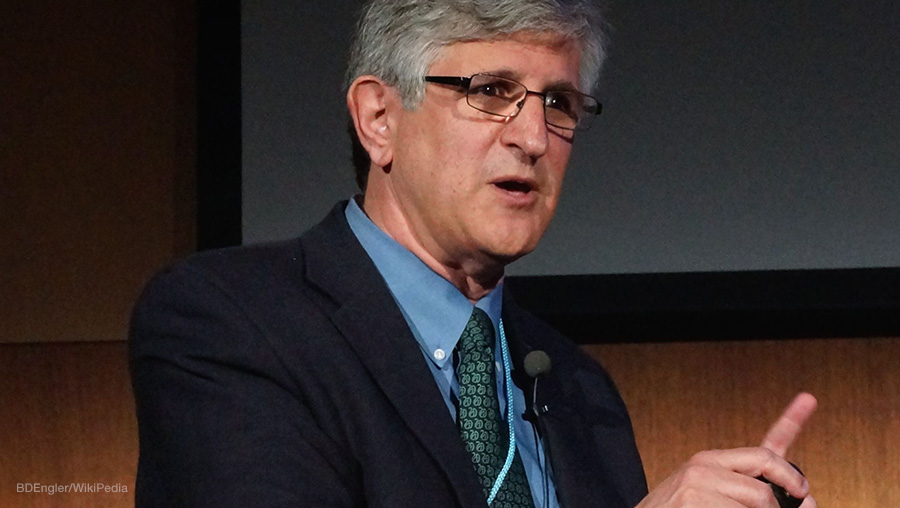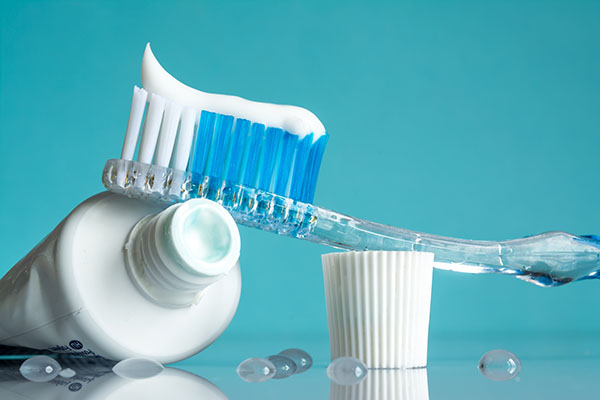Microplastics are silently sterilizing humanity: Endocrine disruptors in plastic linked to infertility crisis
07/30/2025 / By Cassie B.
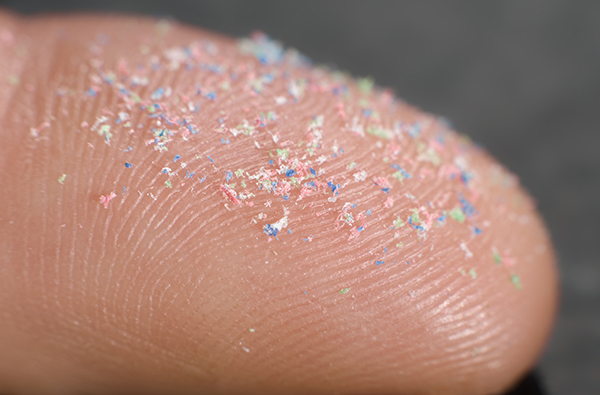
- Microplastics are invading human reproductive organs, damaging fertility in both men and women, with studies showing lower sperm counts and impaired ovarian function.
- Endocrine-disrupting chemicals in microplastics disrupt hormones, reducing testosterone, altering estrogen levels, and harming thyroid function, leading to widespread health consequences.
- Humans ingest tens of thousands of microplastic particles yearly, contributing to a $250 billion healthcare burden linked to plastic pollution and reproductive harm.
- Plastic industry lobbying and false recycling solutions perpetuate the crisis, while microplastics contaminate food, water, and even household dust.
- Experts demand immediate action to cap plastic production, warning that without intervention, humanity faces a worsening infertility crisis and generational health collapse.
As the world drowns in plastic waste, a sinister health crisis is unfolding that threatens the very future of human reproduction.
Microplastics, tiny plastic particles less than 5mm in size, are now ubiquitous in our food, water, and even the air we breathe, carrying endocrine-disrupting chemicals that wreak havoc on fertility, neurological function, and hormonal balance.
With Americans consuming an estimated 50,000 microplastic particles per year, the consequences are dire: plummeting sperm counts, ovarian damage, and a staggering $250 billion annual healthcare burden linked to plastic pollution. As global elites push for more plastic production under the guise of “recycling,” it is becoming clear that humanity is being poisoned by design.
The infertility time bomb
Microplastics are not just an environmental catastrophe; they are a direct assault on human reproduction. A groundbreaking review of 3,000 studies by researchers at UC San Francisco reveals that these toxic particles accumulate in reproductive organs, disrupting sperm production, lowering testosterone, and damaging ovarian function. In men, microplastics infiltrate the testes, reducing sperm count and quality. In women, they invade ovarian tissue, impairing egg development and increasing the risk of uterine cancer.
Dr. Chris Deibert, a urologist, warns, “We’ve found microplastics in testicles, and there’s some evidence for it in semen.” A study published in Toxicologic Sciences found microplastics in every single human and dog testicle sample tested, with higher plastic concentrations linked to lower sperm counts. Meanwhile, research on mice exposed to polystyrene microplastics showed reduced pregnancies and increased offspring mortality, confirming what many fear: plastic pollution is sterilizing the next generation.
How microplastics hijack your hormones
The real danger lies in the endocrine-disrupting chemicals (EDCs) embedded in microplastics. These toxins mimic or block natural hormones, throwing the body’s delicate systems into chaos. They bind to hormone receptors in the hypothalamus, pituitary gland, and thyroid, disrupting everything from metabolism to fertility.
Studies show that microplastics reduce follicle-stimulating hormone (FSH), which is critical for sperm and egg production. They also lower testosterone while increasing estrogen in males, leading to feminization. In addition, they damage thyroid function, altering energy levels and brain development.
Tracey Woodruff, a professor at UC San Francisco, stated: “We are already seeing the impacts of plastic pollution on our health and our children’s health… The solution is to cap and reduce plastic production.” Yet instead of heeding these warnings, corporations and governments push false solutions like recycling, which only spreads more toxic chemicals.
The plastics industry, backed by Big Oil, continues to suppress the truth about microplastic toxicity while lobbying against production limits. Meanwhile, the average person ingests plastic through food containers, bottled water, and even household dust. To reduce exposure:
- Avoid microwaving food in plastic containers (heat accelerates chemical leaching)
- Ditch plastic water bottles (tap water contains fewer microplastics)
- Minimize processed foods (which are often packaged in plastic with phthalates)
Bjorn Beeler of the International Pollutants Elimination Network (IPEN) warns: “More plastic production means more pollution… The Treaty also needs to include provisions to cap and reduce plastic production.”
The infertility crisis caused by microplastics is not an accident; it’s the result of corporate greed and regulatory failure. With sperm counts dropping by 50% since 1940 and hormone disorders skyrocketing, humanity faces a reproductive emergency. The only solution is to end plastic pollution at the source—before it ends us.
Sources for this article include:
Submit a correction >>
Tagged Under:
contaminant, environment, Fertility, health, hormones, Infertility, microplastics, science, Toxic, toxic chemicals, toxic ingredients
This article may contain statements that reflect the opinion of the author


